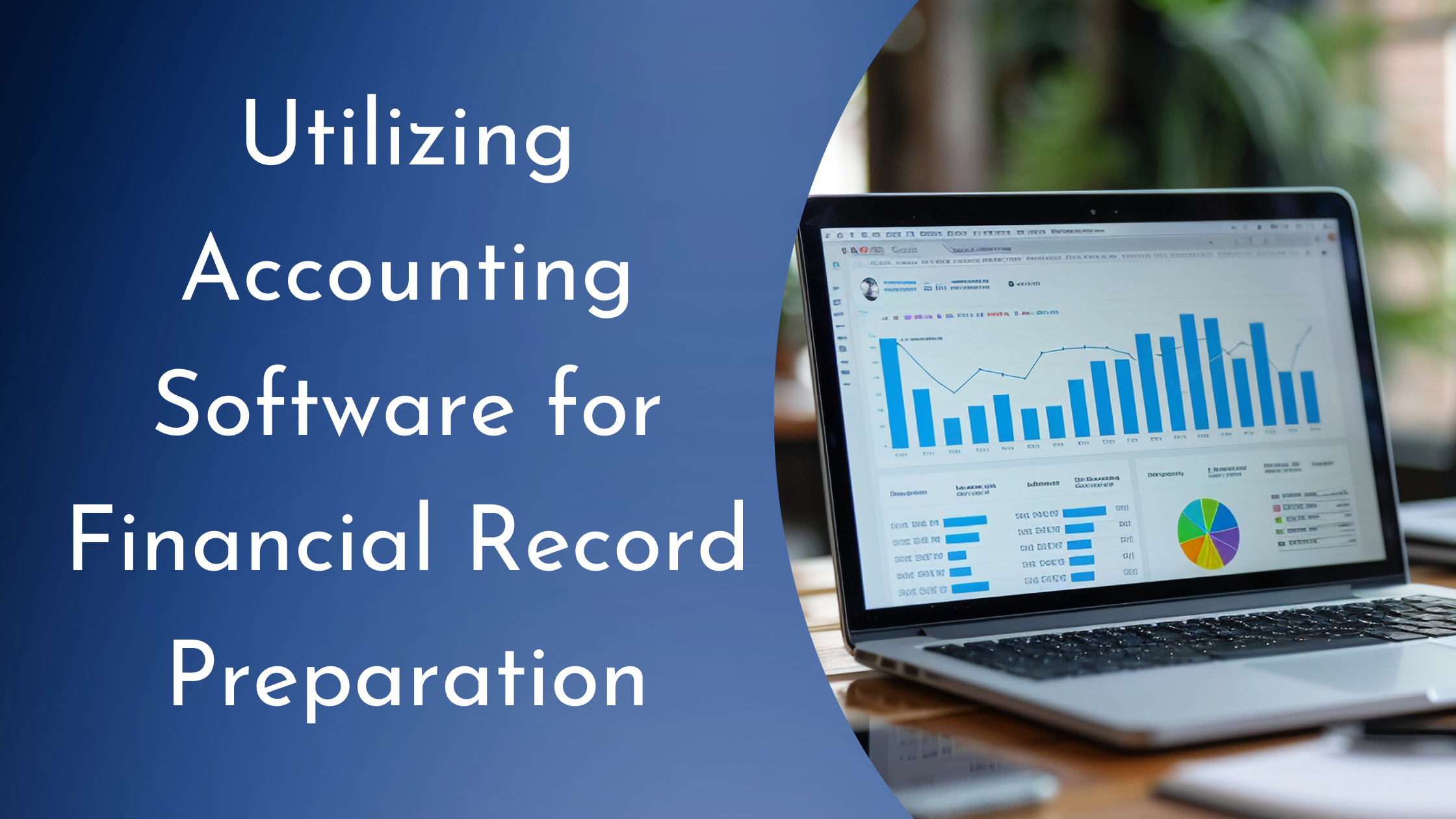Contents
As a small business owner, understanding your financial statements is one of the most crucial steps toward maintaining financial health and ensuring your company’s growth. Whether you’re just starting or have been managing your business for years, clear insight into your company’s financials empowers you to make informed decisions that drive success. In this guide, we’ll walk you through the essential financial documents you need to grasp, why they’re important, and how they help you analyze your business performance.
Financial statements are formal records that give you a snapshot of your company’s financial health. They provide essential information about your revenues, expenses, profitability, and overall financial position. Typically, financial statements include three core documents:
An income statement, also known as a profit and loss statement, is crucial for understanding your business’s financial performance. It details operating revenues, operating expenses, and any gains or losses over a specific period. By analyzing this statement, you can gain insights into profitability and identify areas for improvement, making it a vital tool for financial planning and analysis.
The balance sheet provides a comprehensive overview of your business’s financial position at a specific moment. It summarizes assets (what your business owns), liabilities (what it owes), and owner’s equity. This statement is essential for assessing the company’s stability and financial health, making it an important resource for investors and stakeholders.
The cash flow statement highlights the flow of cash in and out of your business over a designated period. It breaks down cash movements into three sections: operating activities, investing activities, and financing activities. Understanding cash flow is critical for effective financial management, ensuring your business can meet its obligations and invest in growth opportunities.
By using financial statement analysis, you can better assess how your business is performing and identify areas for improvement. The ability to break down these statements is key to understanding whether your business is financially sound or in need of adjustments.
You might be wondering, “How do I get started if I have no background in accounting?” Fortunately, learning how to interpret financial statements doesn’t require a degree in accounting. There are various online resources, books, and courses designed to help you build your financial literacy over time. You can also consider hiring an expert or a professional service, especially if you’re struggling to stay on top of your financials. Here’s how to begin:
If you’re unsure where to start, outsourced accounting firms can serve as a valuable partner in helping you gain a deeper understanding of your finances. You can also learn how to streamline your financial processes by working with experts in small business accounting.

For more details on accounting services for your business, visit Clarigro Accounting.
Running a small business without a strong grasp of your financials is like flying blind. Whether you’re thinking of applying for a loan, attracting investors, or planning for growth, your small business accounting practices should revolve around regular financial analysis. By doing so, you gain the ability to:
Even if you rely on accounting firms or in-house professionals to manage your books, understanding these documents allows you to stay informed about your company’s status. You can also collaborate more effectively with outsourced accounting services.

The income statement is a report that shows your business’s revenues and expenses over a specific period, typically quarterly or annually. Understanding your income statement helps you assess profitability by subtracting expenses from revenues, ultimately showing the net profit or loss.
For example, if you notice your expenses are rising, this could be a red flag indicating a need to review costs, streamline operations, or renegotiate contracts with suppliers. It’s also an excellent tool for analyzing sales trends and predicting future profitability.
The balance sheet is an essential financial statements that provides a snapshot of your company’s financial health at a given moment in time. It breaks down into three parts:
A strong balance sheet indicates that your business has more assets than liabilities, providing a foundation for future growth and expansion. A weak balance sheet, however, may signal that it’s time to consider adjustments to improve financial stability.
Managing cash flow is one of the biggest challenges for small businesses. A cash flow statement provides a clear picture of where your money is coming from and where it’s going. It divides cash flow into three sections:
A healthy cash flow is vital for covering day-to-day expenses, managing debt, and reinvesting in the business. Reviewing this statement regularly helps ensure that you can maintain smooth operations even during downturns.
Many small business owners find that keeping track of their financial statements is overwhelming, which is why many turn to outsourced accounting firms. Outsourcing allows you to focus on growing your business while experts manage the intricacies of accounting, bookkeeping, and financial statement analysis. Explore our local bookkeeping services near you.
For example, outsourcing to professionals who specialize in accounting services in the USA can provide you with valuable insights, ensure compliance with tax laws, and help optimize cash flow management. Additionally, services such as payroll outsourcing services allow you to streamline operations and reduce administrative burdens, freeing up time for core business activities.
For more information on payroll outsourcing and how it can benefit your business, check out Clarigro’s payroll services.
If you are not confident in your financial skills, there are steps you can take to improve your knowledge:
In today’s digital age, small business owners have access to various software tools that simplify the preparation and management of financial statements. These tools reduce manual errors and save valuable time by automating many accounting tasks.

Popular Accounting Software for Small Businesses:
How Accounting Software Enhances Financial Statements Preparation:
By leveraging these tools, small business owners can maintain organized, accurate financial records, and ensure timely analysis of their financial statements without the hassle of manual bookkeeping.

In the fast-paced world of small business, having a strong understanding of your financial statements is critical to making informed decisions, optimizing your profitability, and ensuring long-term success. Whether you’re working with an accountant, considering outsourcing, or managing your financials on your own, regular analysis of your income statement, balance sheet, and cash flow statement is essential.
By taking the time to understand these documents, you’ll not only feel more in control of your business’s future but also ensure that you are prepared to face any financial challenges that arise.
If you’re just starting your journey into accounting and need help, don’t hesitate to reach out to experts who specialize in how to get started in accounting with no experience. It’s never too late to boost your financial literacy and set your business on the path to success.
For professional assistance with small business accounting, explore the many services offered by Clarigro.
Do you have any queries? Feel free to get in touch with our Expert today.
Start your journey with us